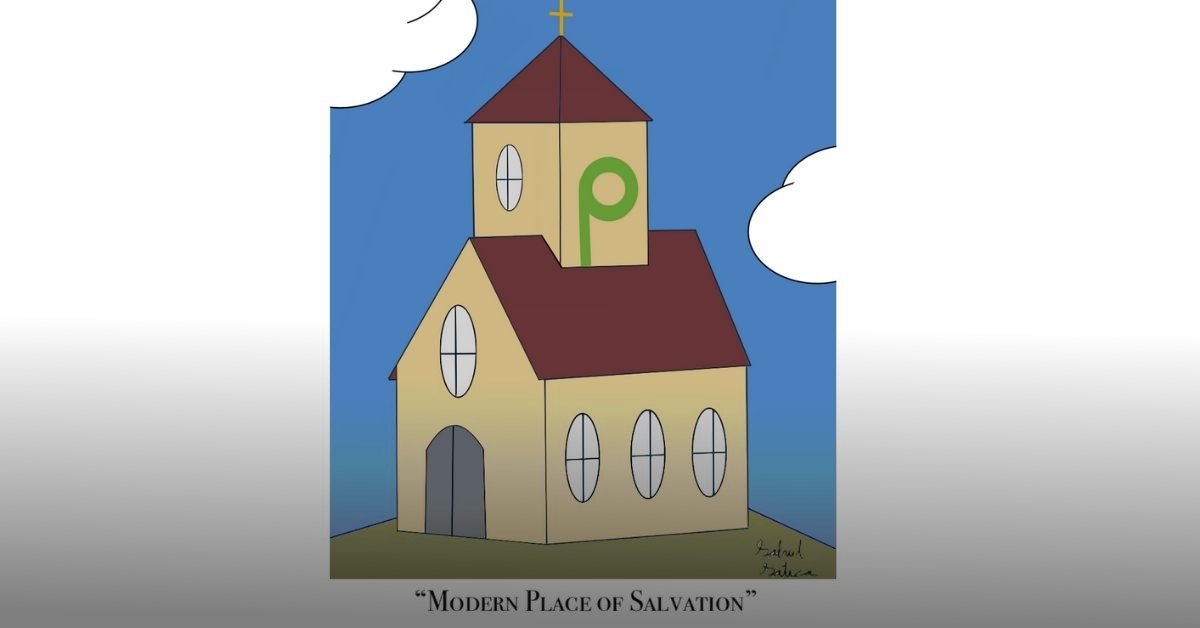My Eye-Opening Experience At A Food Desert
At the beginning of quarantine, I stayed at a farm in Immokalee, Florida, where I had an eye-opening experience.
I had always heard about food deserts, but had never been to one. A food desert is an area that has limited access to affordable fresh produce or good quality nutritious food. I got to experience this firsthand in Immokalee.
Immokalee is a very poor area of Florida, which currently has a 43.4% poverty rate, according to Data USA. Many of the popular careers there include waitressing, beauticians, construction and agricultural work.
The average household income in the area is a mere $29,308 a year, meaning that many residents qualify for food stamps. These are households that buy clothes and school supplies for the multiple children they feed. That is where the problem begins.
In a small community surrounded by fast food and one giant chain supermarket, it’s hard for families to spend their food stamps wisely because the only Winn-Dixie in the area has expensive meats and produce. While visiting, I became acquainted with many of the small independent grocery stores. One of the best was La Fiesta.
Because they are independent, they can regulate their prices, quality and even accept food stamps for a variety of items, not just food. The meat, dairy and produce were all affordable, making it a huge hotspot for many who live in the community.
Many travel a minimum of 30 minutes by car to reach the market. The store has impacted the town greatly by allowing families to purchase quality foods and lessen the impact of the food desert. The store was always packed, and many customers purchased all of their household essentials at the store because of the affordable prices and high quality it offers.
Seeing the way that COVID-19 struck this town opened my eyes. It made me much more appreciative that I have never had to experience what many of the children growing up in Immokalee do. Many of us take the simple things for granted and complain that mom is making us eat leftovers or not giving us fast food.
In Immokalee, I got to speak to the locals. They all gave me the same response when I asked about the grocery stores. “Go to La Fiesta,” they’d say. “They let you use SNAP on food and cleaning supplies and are a lot cheaper than Winn-Dixie.”
So, I went to Winn-Dixie to see what people were talking about. Trays of meat ranged from $7 to $9 while, at La Fiesta, the meat started at $2 and was even fresher, and from local butchers. The produce was fresh and local, for the most part.
Seeing the difference in prices and quality left me astounded. This one grocery store works extremely hard to ensure that their customers can cook and eat properly while remaining affordable.
Experiencing two weeks in a food desert was tough. Driving around the town and seeing fast food and local restaurants charge a lot of money for food compared to the income families make made me appreciate what I have. I was happy to see that a local market was trying to keep customers satisfied, even during a pandemic.
They constantly restocked and made sure everything was available. They provided water, paper towels and toilet paper when every Family Dollar in town had run out. Immokalee is an experience I will never forget.
So next time you want to complain to your parents about eating leftovers, please remember all the things you have to be grateful for and appreciate what you have.


